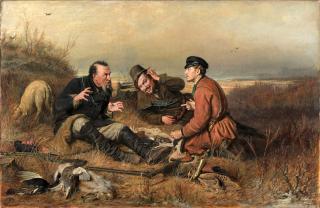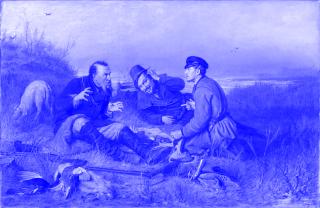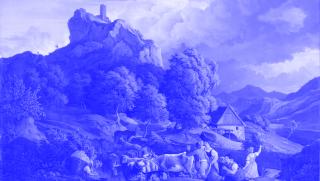Topic
East-Central Europe’s Hunting History
Hunting is one of mankind’s oldest activities. It opens up a broad social panorama. Yet despite this, historiography has so far assigned it only a minor role. This research project therefore examines the continuity of forms of representation and legitimation of sovereignty as well as processes of transfer and interconnection in culture and academia beyond the turning point of World War I.
Research subject

Imperial spaces in the crosshairs: a comparative cultural, social and environmental history of hunting, 1860–1930
Hunting is one of humankind’s oldest activities. It expresses forms of power, manliness, violence and oppression, but also of social belonging. It thus offers up a broad social panorama. Yet despite this, historiography has so far assigned it only a minor role. Particularly in the late 19th and early 20th century, hunting serves as a prism for the multi-faceted forms of scientific-technological progress, for the attempt to master nature, for gender questions, for processes of social change and for forms of imperial politics. This research project thus examines the continuity of forms of representation and legitimation of rule as well as phenomena of transformation and interconnection in culture and science past the turning point of the First World War. With its broad thematic focus on hunting’s social implications and on border-crossing interdependencies in the development of cultural practices, the project enables a new perspective on the constitution of imperial and post-imperial spaces, as well as on the underlying relationship between humankind and its environment in Eastern Europe.
The broad spectrum of a history of hunting in Eastern and East-Central Europe from the time of the great multi-ethnic empires of the 19th century to the state-formation of previously subject regions like Czechoslovakia and Poland after World War I opens new perspectives across established disciplinary borders and methodological approaches. As hunting traditions persisted and changed from the Late Middle Ages onwards, the interrelationship between centre and periphery was negotiated anew. Situated at the intersection of cultural, social and environmental history, this project promises to deliver not just empirically grounded fundamental research, but also important impulses for our understanding of both the material and the ideal dimension of the relationship between humankind and nature in (post-)imperial spaces.

